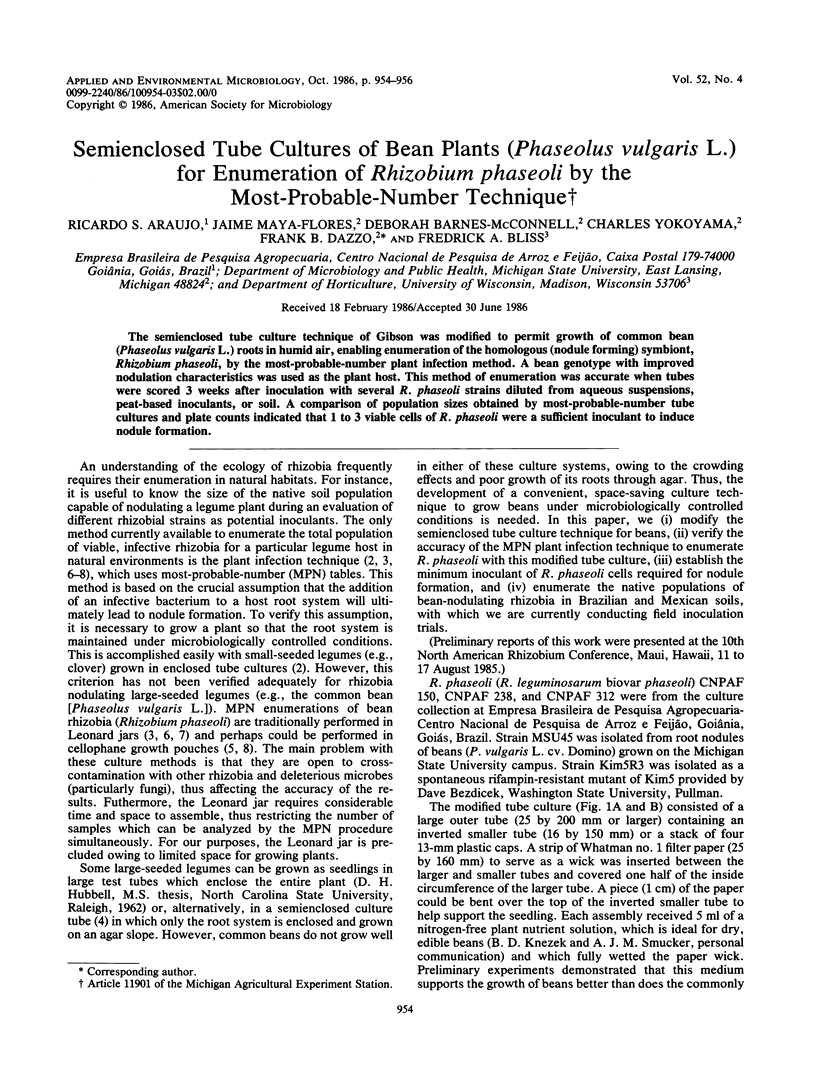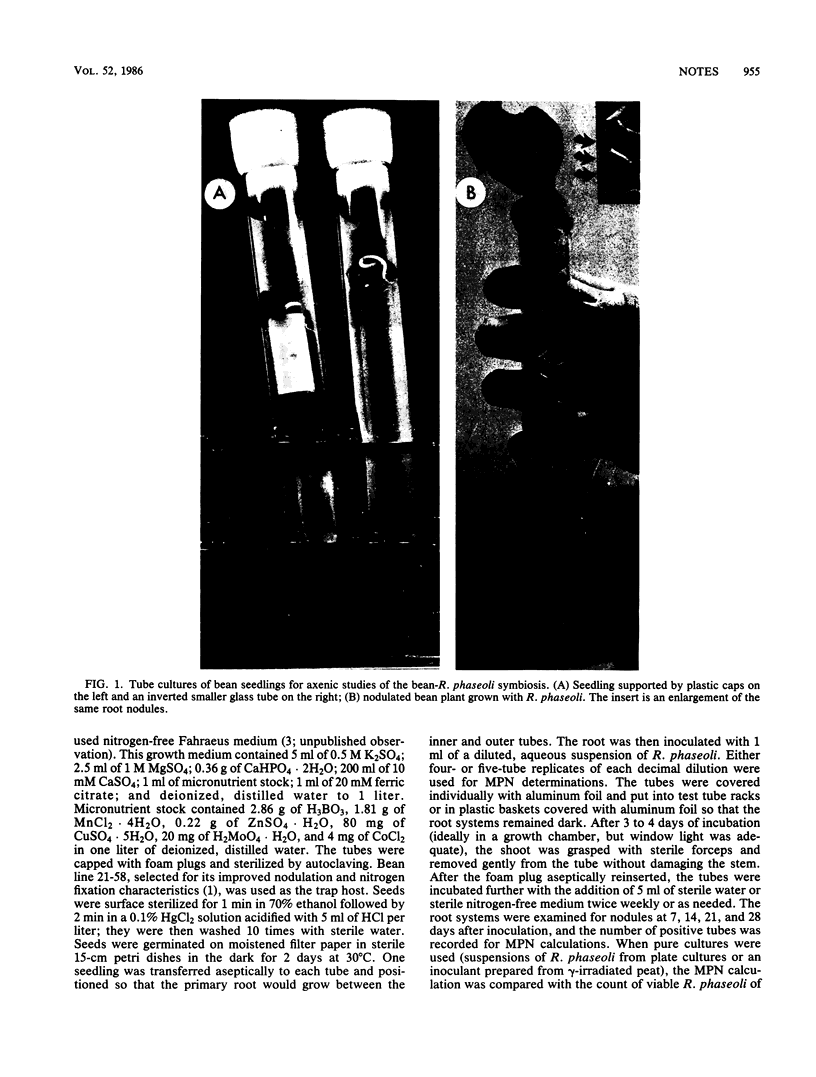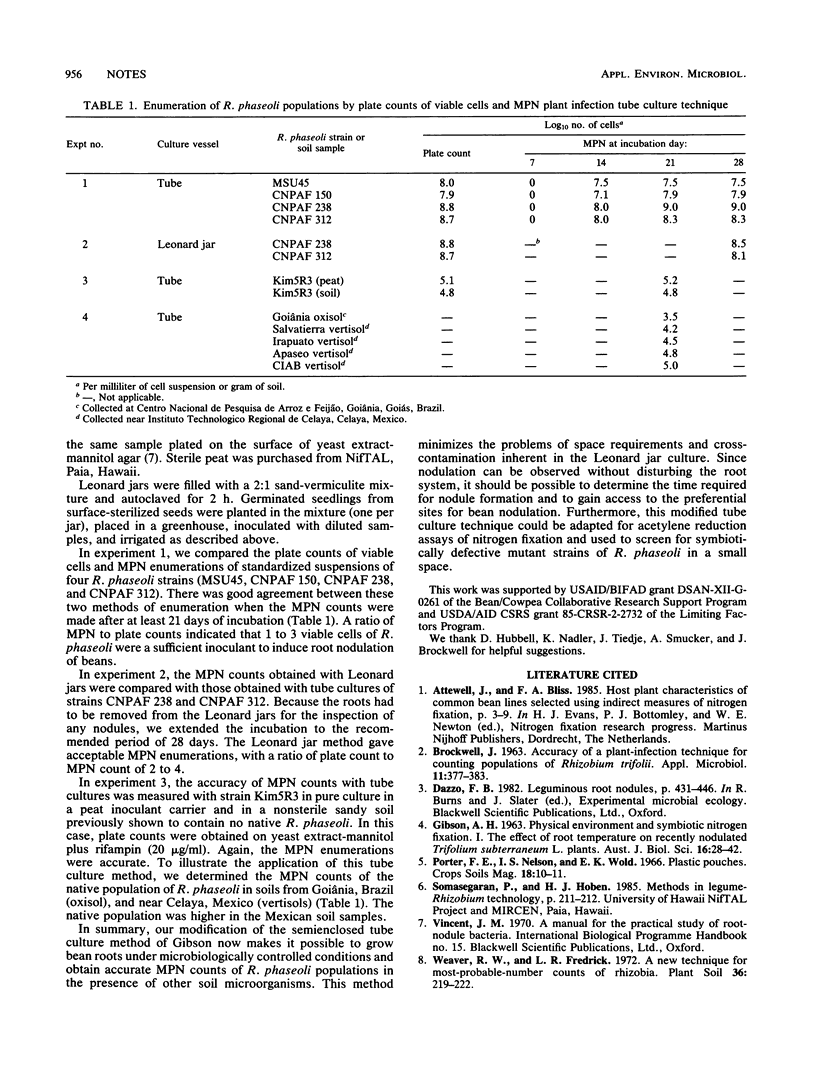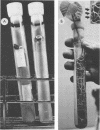Ricardo S Araujo
Ricardo S Araujo
3Empresa Brasileira de Pesquisa Agropecuaria, Centro Nacional de Pesquisa de Arroz e Feijão, Caixa Postal 179-74000 Goiânia, Goiás, Brazil1; Department of Microbiology and Public Health, Michigan State University, East Lansing, Michigan 488242; and Department of Horticulture, University of Wisconsin, Madison, Wisconsin 537063
3,
Jaime Maya-Flores
Jaime Maya-Flores
3Empresa Brasileira de Pesquisa Agropecuaria, Centro Nacional de Pesquisa de Arroz e Feijão, Caixa Postal 179-74000 Goiânia, Goiás, Brazil1; Department of Microbiology and Public Health, Michigan State University, East Lansing, Michigan 488242; and Department of Horticulture, University of Wisconsin, Madison, Wisconsin 537063
3,
Deborah Barnes-McConnell
Deborah Barnes-McConnell
3Empresa Brasileira de Pesquisa Agropecuaria, Centro Nacional de Pesquisa de Arroz e Feijão, Caixa Postal 179-74000 Goiânia, Goiás, Brazil1; Department of Microbiology and Public Health, Michigan State University, East Lansing, Michigan 488242; and Department of Horticulture, University of Wisconsin, Madison, Wisconsin 537063
3,
Charles Yokoyama
Charles Yokoyama
3Empresa Brasileira de Pesquisa Agropecuaria, Centro Nacional de Pesquisa de Arroz e Feijão, Caixa Postal 179-74000 Goiânia, Goiás, Brazil1; Department of Microbiology and Public Health, Michigan State University, East Lansing, Michigan 488242; and Department of Horticulture, University of Wisconsin, Madison, Wisconsin 537063
3,
Frank B Dazzo
Frank B Dazzo
3Empresa Brasileira de Pesquisa Agropecuaria, Centro Nacional de Pesquisa de Arroz e Feijão, Caixa Postal 179-74000 Goiânia, Goiás, Brazil1; Department of Microbiology and Public Health, Michigan State University, East Lansing, Michigan 488242; and Department of Horticulture, University of Wisconsin, Madison, Wisconsin 537063
3,*,
Fredrick A Bliss
Fredrick A Bliss
3Empresa Brasileira de Pesquisa Agropecuaria, Centro Nacional de Pesquisa de Arroz e Feijão, Caixa Postal 179-74000 Goiânia, Goiás, Brazil1; Department of Microbiology and Public Health, Michigan State University, East Lansing, Michigan 488242; and Department of Horticulture, University of Wisconsin, Madison, Wisconsin 537063
3
3Empresa Brasileira de Pesquisa Agropecuaria, Centro Nacional de Pesquisa de Arroz e Feijão, Caixa Postal 179-74000 Goiânia, Goiás, Brazil1; Department of Microbiology and Public Health, Michigan State University, East Lansing, Michigan 488242; and Department of Horticulture, University of Wisconsin, Madison, Wisconsin 537063
† Article 11901 of the Michigan Agricultural Experiment Station.






